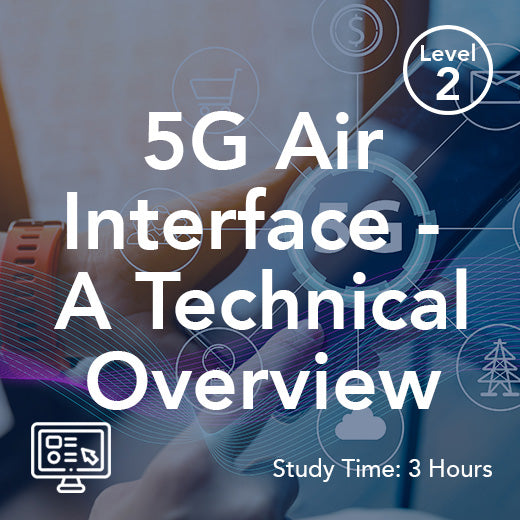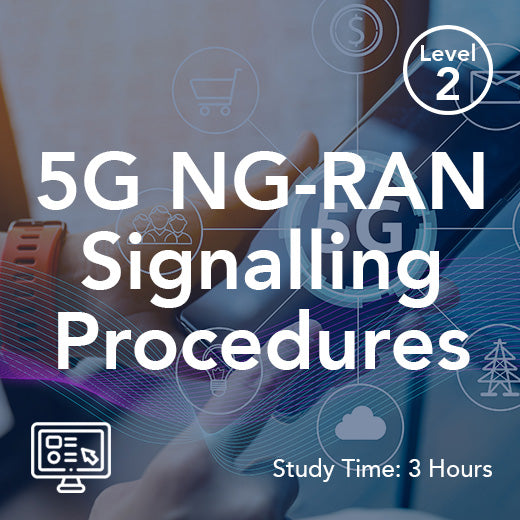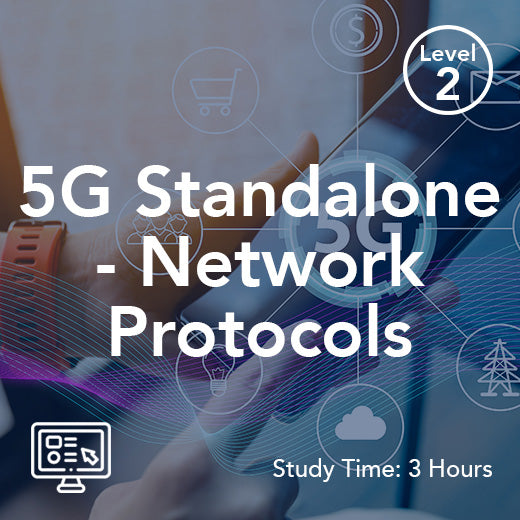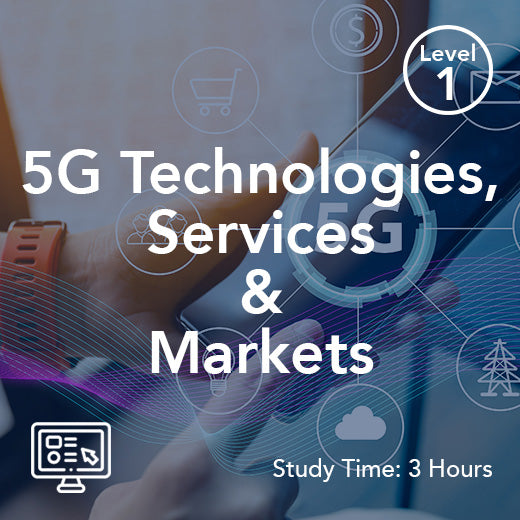-
![[FN06sh] 5G AVANÇADO (on demand)](//wraycastle.com/cdn/shop/files/5G-Advanced.jpg?v=1741086243&width=645)
£95.00
-

£95.00
-

£95.00
-

£95.00
-

£95.00
-

£95.00
-

£95.00
-

£95.00
-

5G – Trabalhador independente, capacitador para a perspetiva da indústria e dos negócios (on demand)
£95.00
-

£95.00
-

£95.00
-

£95.00
-

£95.00
-

£95.00
-

£95.00
-

£95.00
-

£95.00
-

£95.00
-

£95.00
-

£95.00
MPEG 4
- , by Paul Waite
- 2 min reading time
MPEG-4, a term that may sound technical and complex at first glance, is a pivotal technology that has significantly shaped the telecommunications landscape in the United Kingdom and beyond. As we delve into the realm of digital communication and media consumption, the significance of MPEG-4 becomes increasingly apparent. From streaming services to video calls, its impact is ubiquitous, revolutionising the way we interact with digital content.
In the realm of telecommunications, MPEG-4 stands as a cornerstone in the evolution of audiovisual data compression and transmission. Developed by the Moving Picture Experts Group, MPEG-4 represents a standard that enables efficient storage and transmission of audio and video content. This standardisation has been instrumental in enabling seamless streaming services, high-quality video calls, and multimedia messaging across various platforms.
For the UK audience, the implications of MPEG-4 are profound. In a nation where digital connectivity is a way of life, the efficiency and versatility of MPEG-4 have played a crucial role in enhancing user experiences. From binge-watching the latest series on streaming platforms to video conferencing with colleagues, MPEG-4 has enabled a seamless flow of audiovisual data, enriching our digital interactions.
One of the key advantages of MPEG-4 lies in its ability to compress audio and video data without compromising quality. This compression technology has been pivotal in enabling faster data transmission rates, reducing bandwidth requirements, and enhancing the overall efficiency of digital communication. In a country where high-speed internet connectivity is a priority, the role of MPEG-4 in optimising data transmission cannot be overstated.
Moreover, MPEG-4 has been instrumental in driving the proliferation of high-definition content across various platforms. With its support for advanced video coding techniques, MPEG-4 has enabled the delivery of crisp, clear images and immersive audio experiences to audiences in the UK and beyond. Whether you are watching your favourite sports event in ultra-high definition or streaming the latest blockbuster movie, MPEG-4 is working behind the scenes to deliver an unparalleled viewing experience.
In the era of mobile communication, MPEG-4 has emerged as a linchpin technology in enabling multimedia messaging and video calling services. Its efficient compression algorithms have made it possible to transmit audiovisual content over mobile networks with minimal latency and optimal quality. For UK consumers who rely on their smartphones for everyday communication, the role of MPEG-4 in facilitating seamless video calls and multimedia messaging cannot be overlooked.
Looking ahead, the future of MPEG-4 in the UK telecom landscape appears promising. As the demand for high-quality audiovisual content continues to grow, the need for efficient data compression and transmission technologies will only increase. With ongoing advancements in digital communication and media consumption, MPEG-4 is poised to remain a critical enabler of seamless, high-quality audiovisual experiences for UK consumers.
In conclusion, MPEG-4 stands as a cornerstone technology that has significantly influenced the telecommunications landscape in the United Kingdom. Its role in enabling efficient data compression, high-quality audiovisual experiences, and seamless digital communication cannot be overstated. As we continue to embrace the digital age, the impact of MPEG-4 on our daily lives will only become more pronounced, reaffirming its status as a transformative technology in the realm of telecommunications.

![[FN06sh] 5G AVANÇADO (on demand)](http://wraycastle.com/cdn/shop/files/5G-Advanced.jpg?v=1741086243&width=645)
































